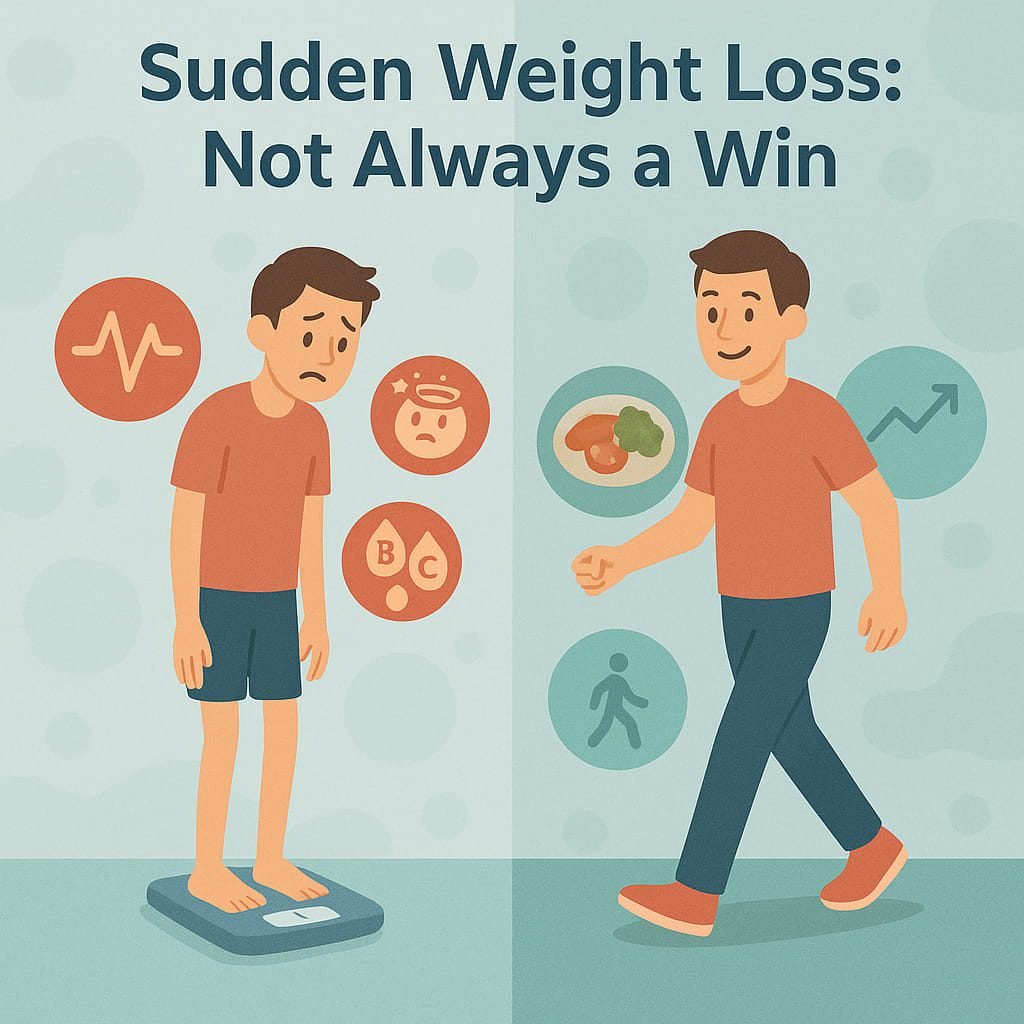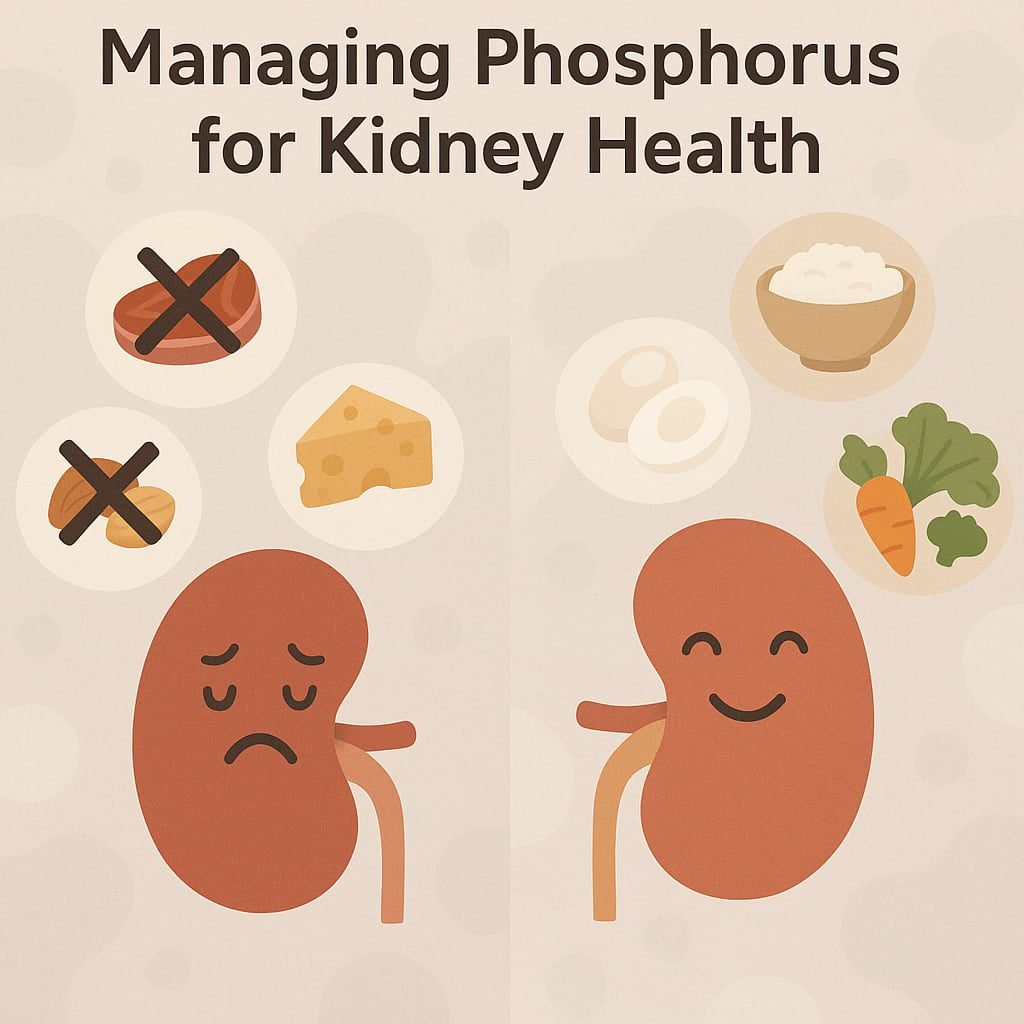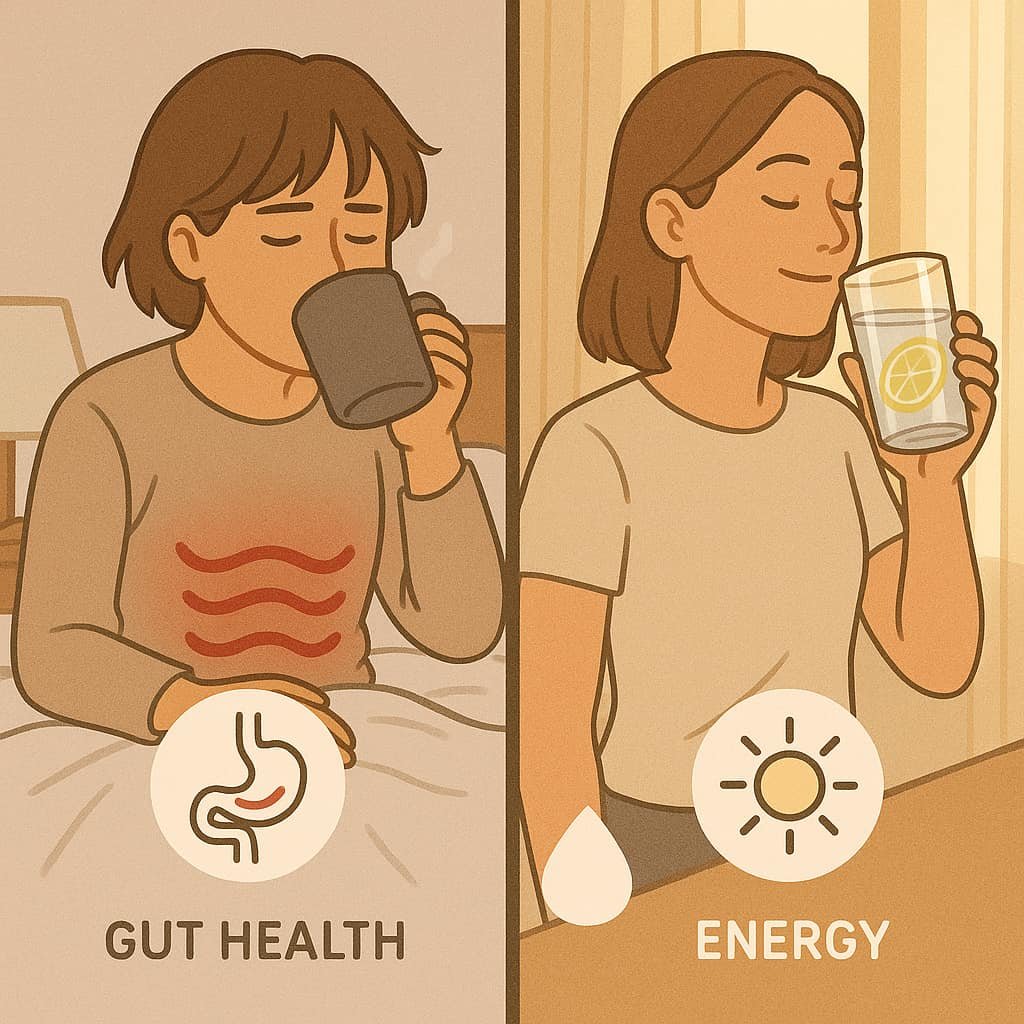Breast cancer doesn’t wait. It doesn’t follow age limits or social boundaries—and yet, only 1% of Indian women under 45 are getting mammograms. That’s a chilling number, especially when you consider that breast cancer is now the most common cancer among Indian women, accounting for 28.2% of all female cancers.
Even more alarming? 60% of breast cancer cases in India occur in women under the age of 50.
The Silent Epidemic: Why Early Detection is Crucial
Many women believe they’re “too young” or “too healthy” to be concerned, but cancer doesn’t discriminate.
The most powerful defense we have is early detection. Tools like:
- Self-examination of the breast
- Mammography screening
…can catch cancer years before any symptoms appear, and that’s when treatment is most effective.
But What If Mammograms Miss It?
It’s true: mammograms can miss some cancers, especially in women with:
- Dense breast tissue
- Certain aggressive cancer types
But don’t panic—doctors often recommend additional screening methods like:
- Ultrasound
- MRI
- 3D mammograms
These help increase accuracy and ensure no signs are overlooked.
Why Are Women Avoiding Mammograms?
Let’s break down the common reasons:
- Lack of awareness
- Fear or shame
- Assumption that it’s only for older women
- Lack of symptoms = false sense of safety
But here’s the truth: Breast cancer doesn’t wait until you’re ready.
It can strike at any age. And when detected late, the risk and complexity of treatment increase dramatically.
Who Should Get Screened?
While guidelines may vary, in India many experts recommend:
- Self-breast examination: Monthly, starting in your 20s.
- Clinical breast exam: Every 3 years for women in their 20s and 30s, annually after 40.
- Mammography: Every 1–2 years starting at age 40, or earlier if there’s family history.
If you’re under 40 but have a family history, talk to your doctor about starting early.
Conclusion
Breast cancer is beatable—if it’s caught early.
Waiting for symptoms to show up is a risk you can’t afford. With only 1% of women under 45 going for mammography in India, we need to break the silence, kill the fear, and normalize screening.
Prioritize your health. Make mammograms and self-checks a regular part of your wellness routine—not just for yourself, but for every woman you love.
Because early detection isn’t just a chance—it’s a life-saving choice.
In case of any related query related to nutrition or weight management book an appointment with Dt. Silky Mahajan .You can also send us a mail at info@foodsandnutrition.in or call on 7829999400. Follow us on facebook & instagram for latest updates.











